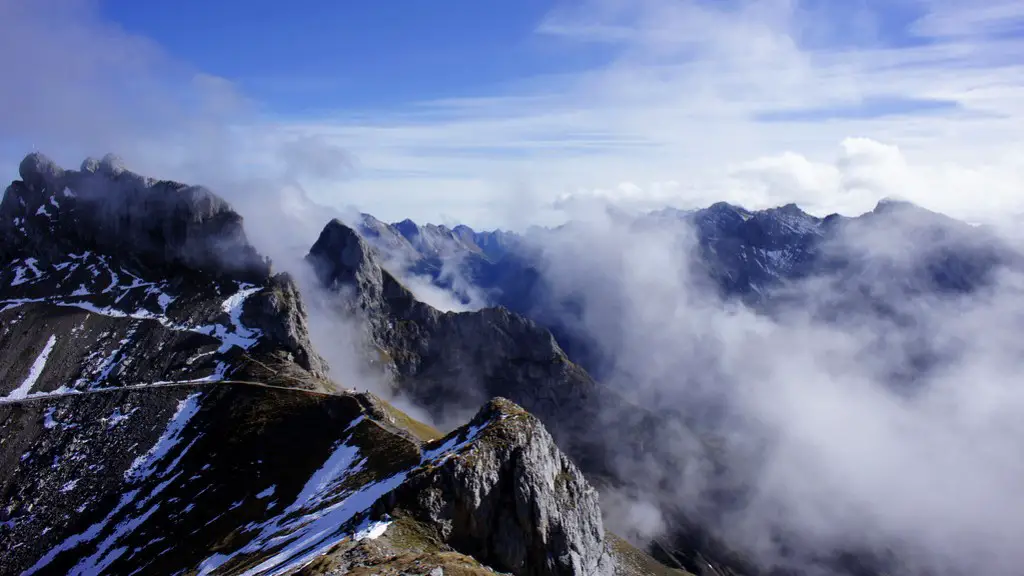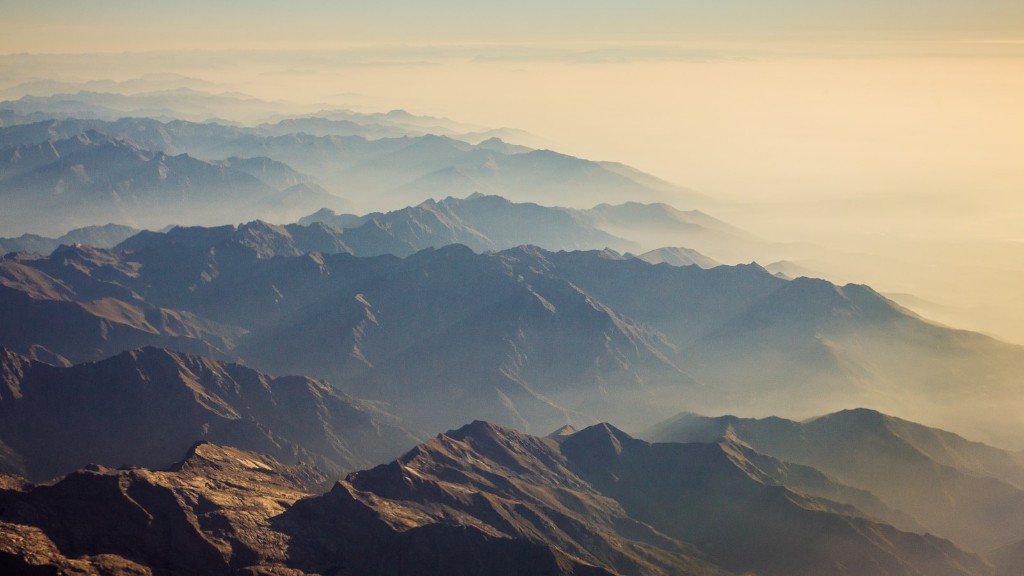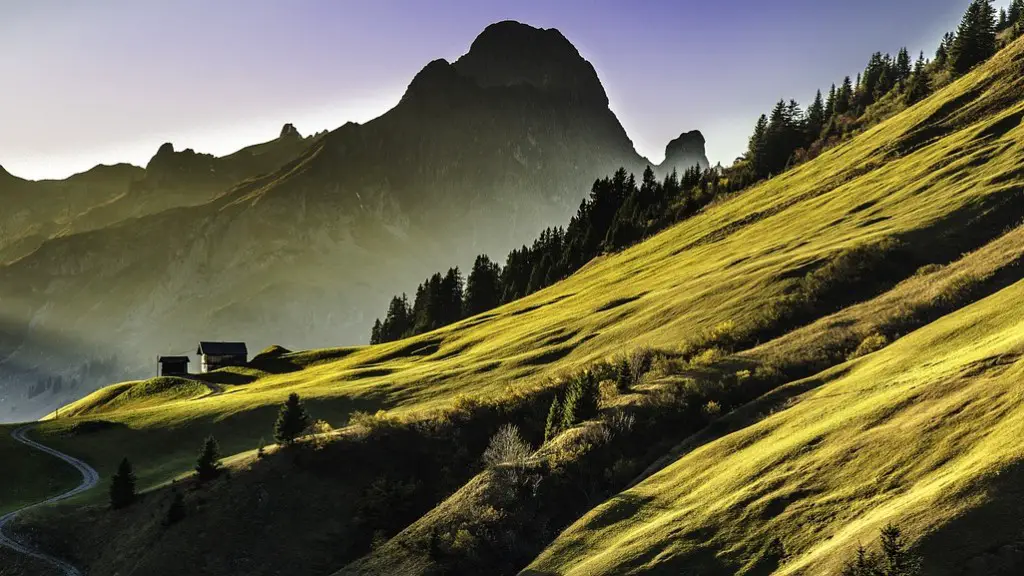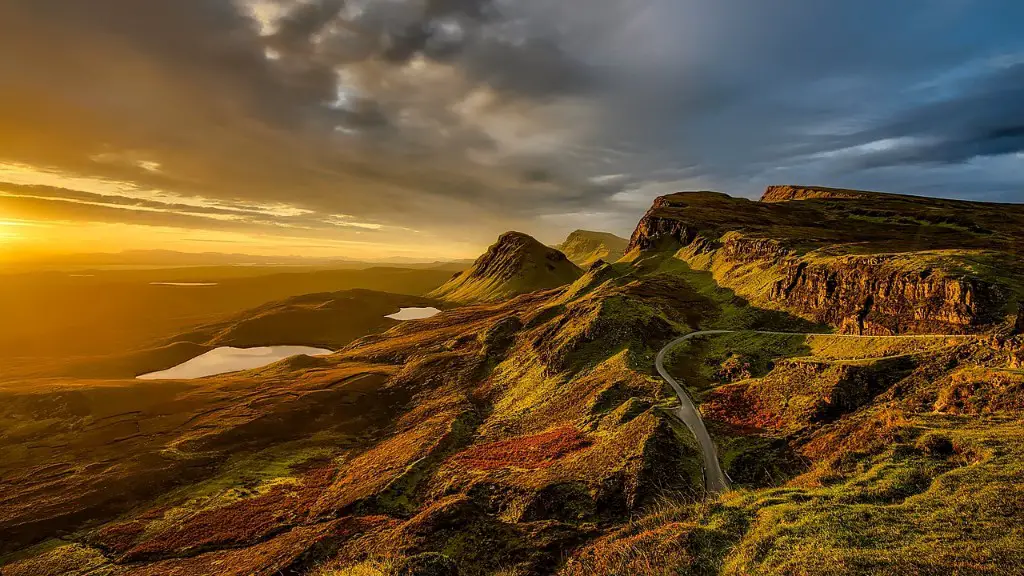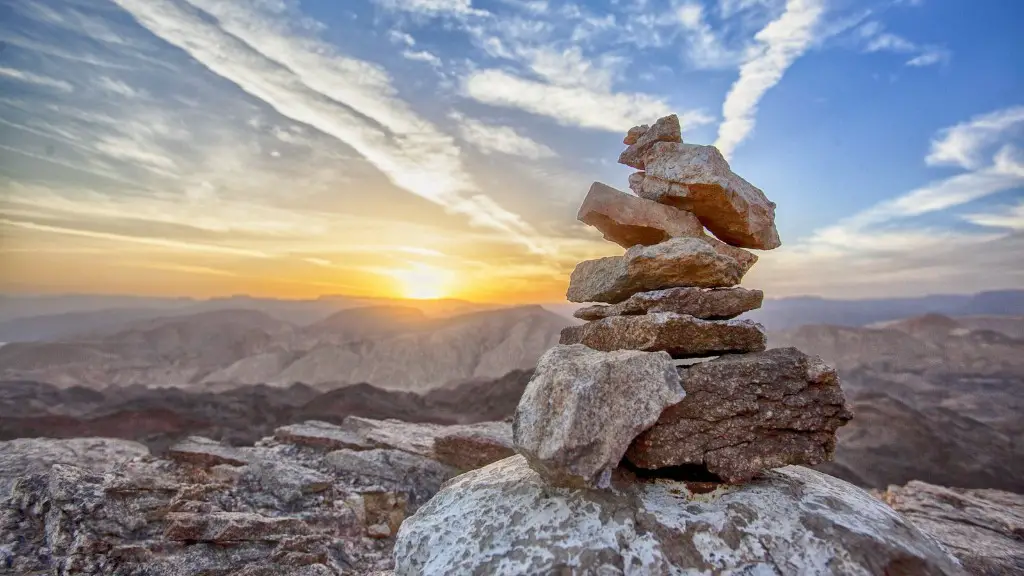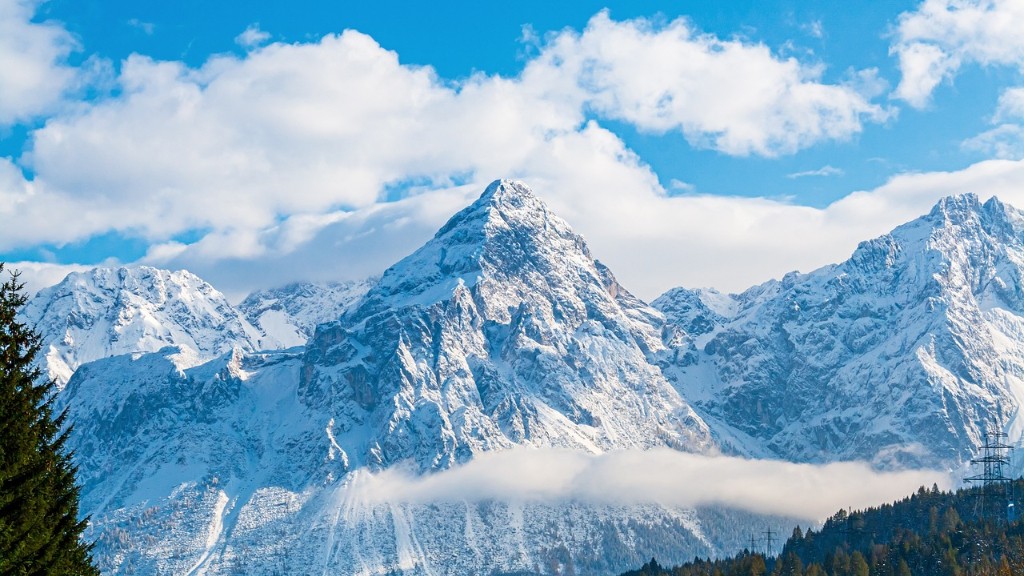If you’re reading this, then you’re probably already interested in climbing Mount Everest. But before you start packing your bags, you need to know a little bit about what you’re getting into. Mount Everest is the tallest mountain in the world, and it’s also one of the most dangerous. Every year, people die trying to reach the summit.
So, how can you improve your chances of making it to the top and back down again safely? First, you need to be in excellent physical condition. You’ll be doing a lot of hiking and climbing, sometimes at high altitudes, so you need to be physically fit. You also need to have some experience climbing mountains. Everest is not a good place to learn how to climb.
Second, you need to be prepared mentally and emotionally. The journey up Everest is long and difficult, and you will face many challenges along the way. You need to be mentally and emotionally strong to face these challenges.
Third, you need to be prepared logistically. Make sure you have all the necessary gear and supplies, and that you know how to use them. You also need to have a good plan for your journey. Know where you’re going and when you need to be there.
There is no one-size-fits-all answer to this question, as survival depends on a multitude of factors, including the weather, your equipment, your experience, and your physical condition. However, there are some general tips that can help you survive on Mount Everest:
– Bring proper clothing and gear: This includes warm clothing, boots, a sleeping bag, and a tent.
– Be aware of the weather: Check the forecast before you climb and be prepared for rapidly changing conditions.
– Know your limits: Don’t push yourself beyond your physical or mental capabilities.
– Listen to your guides: If you’re working with a guide company, follow their instructions and advice.
– Stay hydrated and fed: Drinking plenty of water and eating regular meals is crucial to maintain your strength and energy.
Can you survive in Mt Everest?
If you go to a high altitude, your body needs to adjust properly by getting used to it slowly or you could get very sick and even die. However, many people live and work at high altitudes without any problems. Just be sure to take it easy at first and give your body time to adjust.
1. Fear nothing except fear itself: Always remember that fear is your worst enemy in a survival situation. If you allow fear to take over, it will only hinder your ability to think clearly and make good decisions.
2. Always have the last word on your safety: In a survival situation, you are ultimately responsible for your own safety. Even if you are part of a group or expedition, don’t rely on others to make decisions for you.
3. Respect the weather: Always be aware of the weather conditions and forecast. In extreme conditions, the weather can be your biggest enemy.
4. Use the ropes: In mountainous terrain, always use ropes when traversing glaciers or steep slopes. This will help prevent accidental falls.
5. Drink plenty: Dehydration is a major concern in a survival situation. Make sure to drink plenty of fluids, even if you don’t feel thirsty.
6. Know yourself: Be aware of your own physical and mental limitations. In a survival situation, it is important to know your capabilities and limits.
7. Know your gear, oxygen and alpine medicine: Always be familiar with your gear, oxygen and alpine medicine. In a survival situation, you may have
Can a normal person go to Mount Everest
Everest is the highest mountain in the world, and it is definitely not an easy feat to summit it. You must be in excellent physical condition and have previous experience climbing at high altitudes in order to have a successful summit. Most people spend at least a year training before they attempt to climb Everest.
Avalanches, icefall, and rockfall are all overhead hazards that can be deadly to climbers on Mt Everest. These hazards can kill numerous climbers at once, especially if they are roped together. It is important to be aware of these hazards and be cautious when climbing in areas where they may occur.
How cold is it at the top of Everest?
The weather and climate on Mount Everest is one of the most extreme on Earth. Temperatures at the summit are never above freezing and during January can drop as low as -60° C (-76° F). Despite the low temperatures, the biggest issue faced by climbers is hurricane force winds and wind chill. These conditions can make it nearly impossible to ascent or descend the mountain, and have claimed many lives.
The “death zone” on Mount Everest is the area above 8,000 meters, where there is so little oxygen that the body starts to die, minute by minute. This is a dangerous area for climbers to be in, and many have died trying to summit the mountain.
At what point on Everest do you need oxygen?
Climbing Everest is no easy feat and most people who attempt to summit the mountain use supplemental oxygen starting at around 23,000 feet. Above 26,000 feet, nearly everyone uses oxygen, including most Sherpa guides. Although it may seem like a crutch, using oxygen can be the difference between life and death when climbing Everest.
Whether you’re an experienced climber or a beginner, reaching the summit of Mount Everest is an amazing feat of physical accomplishment. However, trekking to Everest Base Camp is a relative breeze in comparison! While it’s still a challenging trek, if you’re considering this expedition, read on to learn more about what you can expect.
Can I climb Everest with no experience
Experience is key when it comes to mountaineering. Just because you’ve attempted the Seven Summits doesn’t mean you’re automatically prepared for this kind of climb. You need to have good footwork and be able to manage yourself well. Knowing when to turn back is also important. If you don’t have the right experience, you could end up in serious trouble.
The Khumbu Icefall is the most dangerous part of an Everest expedition, even with the extensive systems of ropes and ladders installed each climbing season by the ice doctors. The icefall is a constant avalanche threat, and the vast majority of accidents and fatalities on Everest expeditions occur in the icefall.
What’s the fastest someone has climbed Everest?
Nirmal Purja has set two new world records, becoming the first person to summit Mount Everest, Lhotse, and Kanchenjunga in under eight days. This is an incredible feat, and a testament to Purja’s strength and determination. This 8,000m season has been one for the history books, and Purja has once again shown us that anything is possible if you set your mind to it. Congratulations, Nims!
The two routes to scale the world’s tallest peak are from the Everest North side in Tibet or the Everest South side in Nepal. Chinese authorities impose an age limit of 18-60 on the Everest North side in Tibet, while in Nepal, climbers must be a minimum of 16 years old but there is no upper age limit.
Is the top of Mount Everest dirty
The increasing pollution of Mount Everest is a cause for concern for the local community. The contamination of the local watershed is a threat to the health of the people who live nearby. The government and the community need to work together to find a solution to this problem.
When people die on Everest, it can be difficult to remove their bodies. Final repatriation costs tens of thousands of dollars (in some cases, around $70,000) and can also come at a fatal price itself: two Nepalese climbers died trying to recover a body from Everest in 1984.
What is the chance of dying climbing Everest?
Approximately 300 people attempt to climb Mount Everest each year and of those people, about 10% die while attempting to summit the mountain. While this number may seem small, it is important to remember that Mount Everest is the highest mountain on earth and is an extremely difficult feat to accomplish. The death rate on Mount Everest is therefore much higher than other mountains, coming in at a staggering 141%. So, whileMount Everest is an awe-inspiring sight and an adventure of a lifetime, it is important to remember the risks involved in such a climb.
The Summer weather in the Everest region is heavily influenced by the Indian Monsoon, which can bring frequent rainfall and cloudy days. You might find some solitude during this time, but the clouds and rain can generally obscure the peaks, making it not a good time to visit the region.
Is K2 colder than Everest
Everest’s Temp of −36 ± 2 °C and WCT −66 ± 3 °C were found to be less extreme than K2’s Temp of −45 ± 1 °C and WCT −76 ± 2 °C (4) Conclusions: Everest presents more extreme conditions in the climbing and midwinter seasons than K2 K2’s 8° higher latitude makes its midwinter BP similar and Temp lower than Everest’s.
K2, also known as Mount Godwin-Austen or Chhogori, is the second highest mountain in the world, after Mount Everest, at 8,611 metres (28,251 ft). K2 is located on the border between Baltistan in the Gilgit-Baltistan region of Pakistan, and the Taxkorgan Tajik Autonomous County of Xinjiang, China.
Everest, at 8,848 metres (29,029 ft), is the world’s highest mountain and a particularly challenging ascent. The weather conditions on Everest are notoriously variable and extreme, and the mountain is subject to strong winds, low temperatures, and heavy snowfall.
In terms of the conditions that climbers can expect to encounter, Everest is more extreme than K2. The temperatures on Everest
Antarctica is the coldest place on earth. Some parts of Antarctica can get so cold that if you throw a cup of boiling water in the air, it will turn into snow and ice before it hits the ground!
Warp Up
”
There is no one-size-fits-all answer to this question, as everyone’s experience on Mount Everest will be different and therefore the best way to survive will vary depending on the individual. However, some general tips on how to survive Mount Everest include being prepared for the extreme conditions, packing the right supplies, and having a solid plan in place. Above all, it is important to listen to your body and the advice of experienced climbers when attempting to survive Mount Everest.
Although Mount Everest is the highest mountain in the world, it is possible to survive climbing it with the proper training and equipment. With a permit from the Nepal government, climbers can attempt to summit Everest from the south side, which is generally considered the easier of the two main routes. properly acclimatizing to the altitude, having the necessary climbing experience, and being physically fit are key to surviving an ascent of Everest.
